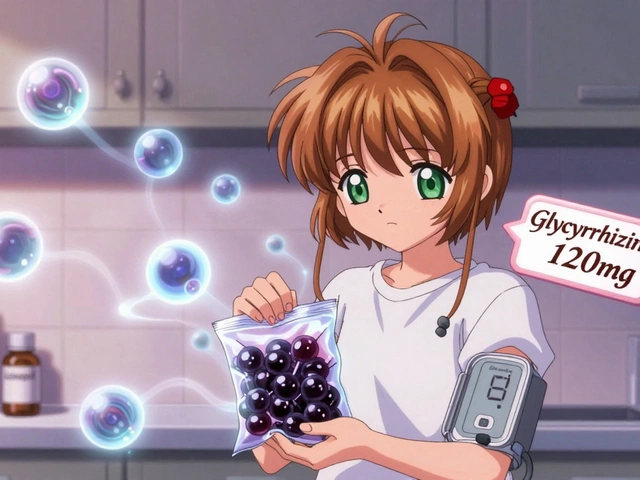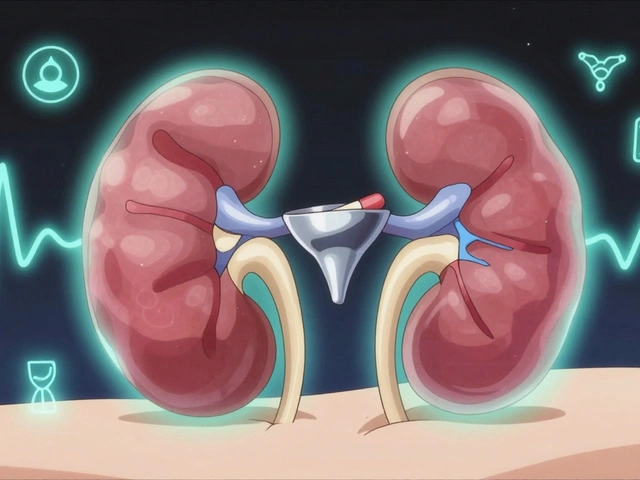Women's Health: Hormonal Imbalances and Headaches
If your headaches seem tied to your period, pregnancy, or menopause, you’re not imagining it. Fluctuations in estrogen and progesterone can trigger migraines or tension-type headaches. The good news: small changes can cut frequency and severity. Read on for clear, usable steps you can try today.
What usually causes cycle-related headaches?
Hormone shifts are the main culprit. Right before your period, estrogen drops quickly — that can spark a migraine for many women. Pregnancy and perimenopause also bring big hormonal swings, which can start new headaches or change patterns you’ve had for years. Birth control and hormone therapy affect each person differently, so what helps one woman might worsen another.
Other things often make hormonal headaches worse: poor sleep, skipping meals, dehydration, too much caffeine or alcohol, stress, and certain foods. Identifying triggers alongside hormonal timing gives you a clearer plan to prevent attacks.
Practical steps you can take now
Start tracking. Use a simple app or a paper calendar and note headache days, intensity, sleep, meals, and where you were in your cycle. After two to three cycles you’ll see patterns that matter to treatment decisions.
Fix daily basics. Aim for consistent sleep, regular meals, and steady hydration. Cut back on caffeine gradually if you notice it’s linked to your pain. Ten to 20 minutes of light exercise most days helps many women reduce headache frequency.
Try targeted home care during high-risk days: use a cold pack on your head or neck, practice breathing or brief guided relaxation to lower stress, and avoid bright screens or loud environments when a headache starts. Over-the-counter pain relievers like ibuprofen or naproxen can help for mild attacks — but don’t overuse them, or headaches can rebound.
If your doctor agrees, short-term prevention around your period can work. That might mean taking a nonsteroidal anti-inflammatory for a few days before and during your period, or adjusting hormone therapy. For frequent or severe migraines, there are prescription options like triptans, beta blockers, or other preventive meds that a clinician can discuss with you.
Keep a simple log to share with your provider: dates, meds tried, effectiveness, and any side effects. That makes appointments faster and more productive.
When should you see a clinician? If headaches start changing suddenly, become much worse, stop responding to usual meds, or come with fever, confusion, vision loss, or weakness, get medical help right away. Also see a doctor if headaches limit your daily life or happen more than a few times a month — there are effective treatments, and you don’t have to suffer through them alone.
Want more on this topic? Check the post "Hormonal Imbalances and Headaches: What Women Need to Know" for personal tips, cycle-tracking examples, and questions to bring to your provider. Small, focused changes often make the biggest difference in women's health and headache control.
First Trimester Medication Safety: What You Need to Know About Critical Development Windows
The first trimester is the most critical time for fetal development. Learn which medications are safe, which to avoid, and how to make informed choices when treating common symptoms during early pregnancy.
Women’s Heart Disease: Recognizing Unique Symptoms and Effective Risk Management
Heart disease is the top killer of women, but symptoms often differ from men’s. Learn the hidden signs like extreme fatigue and jaw pain, and how to manage risk before it’s too late.
Supplements for Managing Endometrial Overgrowth: Evidence, Dosage, and Practical Guide
Explore how specific supplements can help control endometrial hyperplasia, with evidence, dosages, safety tips, and integration into conventional care.
Pregnancy Test Strip Myths: Facts, False Positives, and Timing (2025 Guide)
Bust common pregnancy test strip myths with evidence. Learn timing, accuracy, faint lines, false positives/negatives, and what to do next in Australia 2025.
Hormonal Imbalances and Headaches: What Women Need to Know
As a woman, I think it's crucial for us to understand the connection between hormonal imbalances and headaches. Our hormones play a significant role in regulating various bodily functions, and any imbalance can lead to unpleasant symptoms, including headaches. These imbalances often occur during menstruation, pregnancy, and menopause, causing migraines and tension headaches. To manage these headaches, it's essential to track our cycles, maintain a healthy lifestyle, and consult a healthcare professional for personalized advice. Let's educate ourselves and take control of our well-being, ladies!










